Simple Beauty Rose Series – Volume 6 – 2019

Well hello again! What’s new? It’s been a while since we last got together but just this morning I was sitting at my desk getting a bit nostalgic about the garden, and I found all these “simple beauty series” photos that I had taken last spring. It seemed a shame to skip a whole year, especially since I already had done the work so, happily, here we are again! You’ve probably noticed from this grouping that there are a lot of dark pinks in this mix and that’s because many of the new gallicas and rugosas I had wintered over finally flowered in 2019. Other than ‘Malvern Hills’, I didn’t add any new-to-me roses in 2019 because we were/are still trying to find homes for the ones we’ve got! That will hopefully change for 2020 as work on the garden continues–that’s a story for another day–but moving forward, I plan on staying away from anything in this color range so our garden doesn’t look like a big magenta blob! Regarding the photos, as usual, there were a few new roses that slipped through the cracks so we’ll catch them in the 2020 roundup. Each rose is labeled with a link that will take you to it’s HMF profile page where you can read more about it. If you’re new to this series, check out these earlier posts. OK, enough babbling, let’s dive in:
A rare yellow hybrid-rugosa. This rose was one of the first to flower last spring with each cane covered with a series of floofy, butter-yellow blooms. Fragrant!
Honestly, I’m not sure what possessed me to buy this. I think it was on sale. The blooms are really, really vibrant, so much so that I moved it to our allotment while I continue it’s trial period. {EDIT: Bajazzo was given to a fellow allotmenteer.)
One of my favorites of the rugosas, so far. Surprisingly, one of the first to bloom in our garden, too! Super fragrant and bee-friendly.
Last spring I planted a hedge of hybrid gallicas all in these purply-red tones and the Cardinal is among them. A lovely, classic old rose.
Dagmar was a real head-scratcher last summer. She started out beautifully and then just petered out with stunted growth and hardly any flowers. I suspect it is the fault of our clay soil. I’ve learned that rugosas prefer much freer draining soil (makes sense when you think of them thriving along coastlines) and some adapt to heavier soil better than others.
Thrilled to bits to see this lovely lady finally in flower. She did terribly in our North Carolina garden but loves it here and the flowers in spring were stunning.
A tiny little twig when this rose went into the garden last spring with just a few flowers but quadrupled in size over the rest of the growing season. Hoping for lots of blooms this spring. One of the earliest to flower.
Another rose with an explosion of growth in 2019. When she flowered, the blooms lasted for weeks and weeks and they looked stunning at every stage. I often hear from other rosarians that this is their favorite of the OGR’s and it’s easy to see why.
I think this is one of the prettiest roses in our garden with petals that look like delicately painted porcelain. Another rose that must like our limey clay soil because she took off last year. I recommend this rose to anyone looking to add something unique to their rose collection.
The flowers you see in this photo were one cluster of two that I had the whole year on a plant that barely grew a few inches. Such is the way with ramblers and climbers in their first year so I’m not too concerned and aren’t these little blossoms so pretty?
Well here’s a rose that is a real doer. Flowering non-stop from May right through a few mild frosts! Absolutely covered in bees, too. A keeper!
When this rose went into flower I couldn’t stop admiring it. The color, in person, was like dark berries and richest wines–something that is not showing up as nicely in this photo so just take my word for it! If you are as passionate about gallicas as I am, get yourself one of these.
This rose was labeled as R gallica officinalis when it was sent to me, which of course it is not. A happy accident, though, with it’s completely smooth canes, and you know I’ll never turn my nose up at a single rose.
Not crazy about this one simply because it’s like ‘Scabrosa’ but just with smaller flowers. And it doesn’t really repeat well, either. So, again, you’re better off with ‘Scabrosa’ (see below.)
Admittedly, I bought this one for the pretty black rosehips but the flowers are exquisite and so fragrant I could smell them from several yards away. One of the first to flower in spring.
Had some bad mildew issues with this rose but it was also placed in a drier location. Still, none of the other roses around it were affected so Sarah is on the watchlist. When in flower, however, she looked stunning.
In a nutshell, a better version of a species rugosa with large, poppy-like flowers and flushes of blooms throughout spring, summer and fall that attract tons of bees. Plus, there are great big hips to follow the flowers that last into winter. If you can get past the terrible name, it’s a great rose to add to any pollinator/wildlife garden.
A rose that thoroughly underwhelmed with spindly growth and black-spotty leaves. Not at all what I was expecting and she has also been moved to the allotment while we watch the progress. The color pink was pretty, though, with a silvery cast to the petals.
Hope you enjoyed the roses and have a wonderful Valentine’s Day!




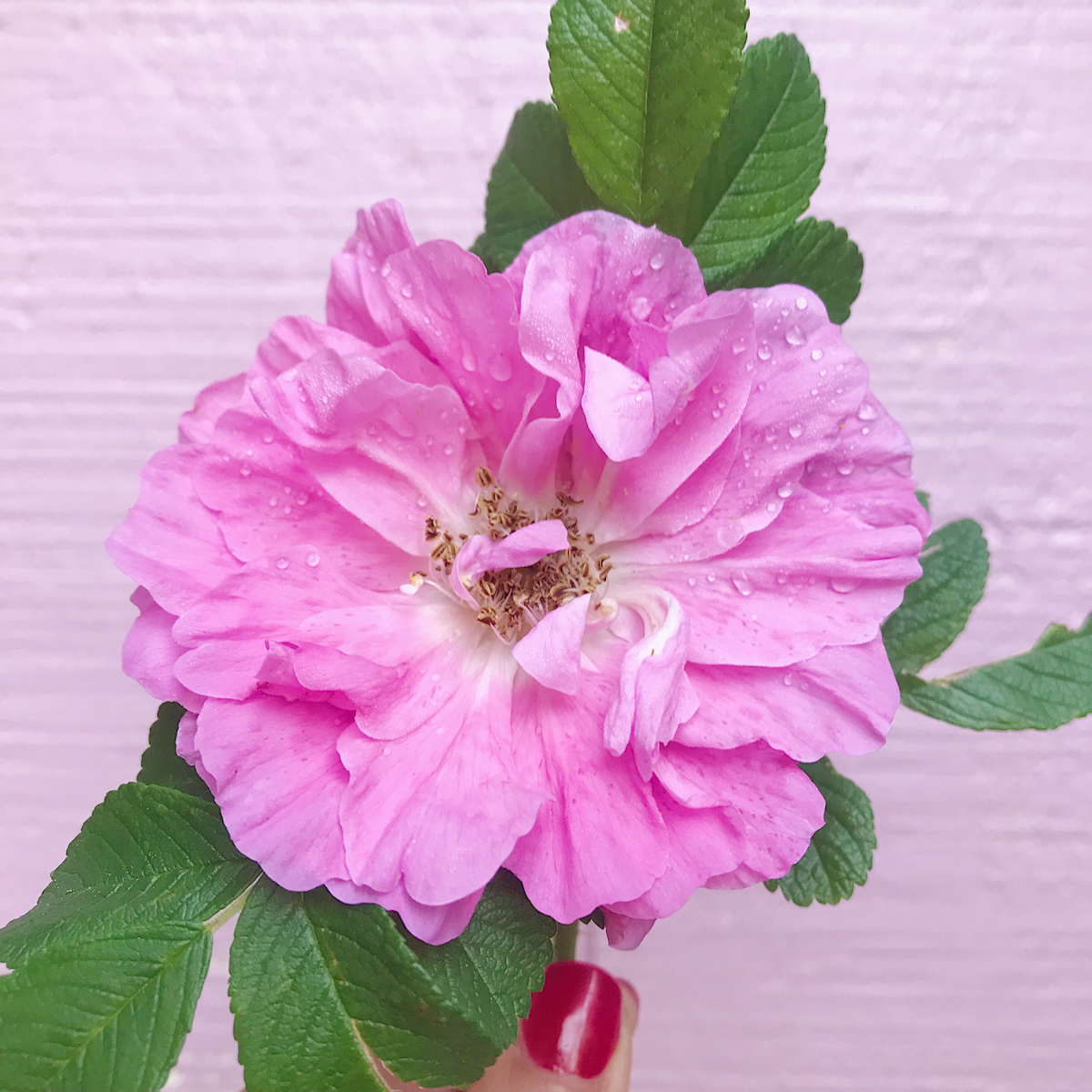
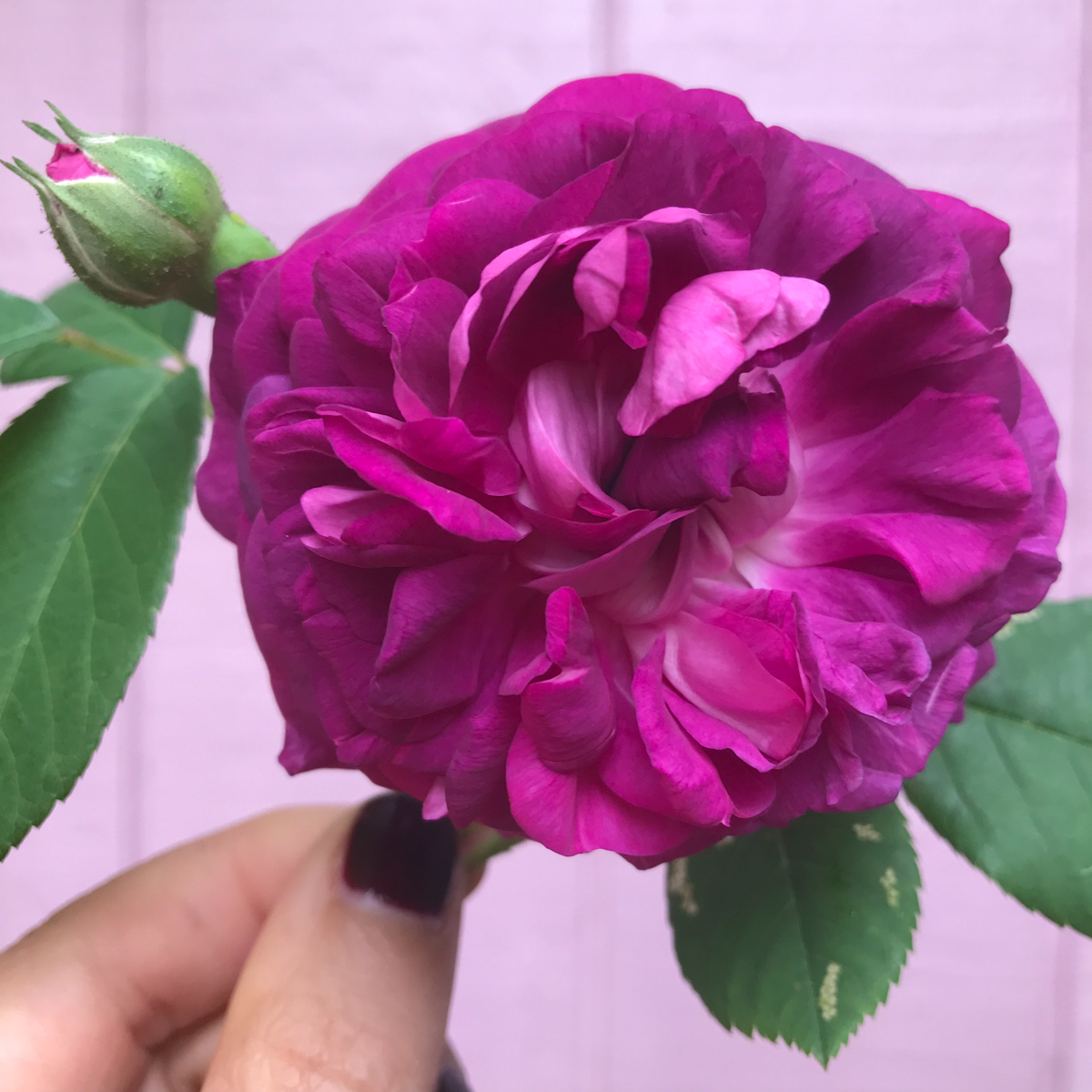


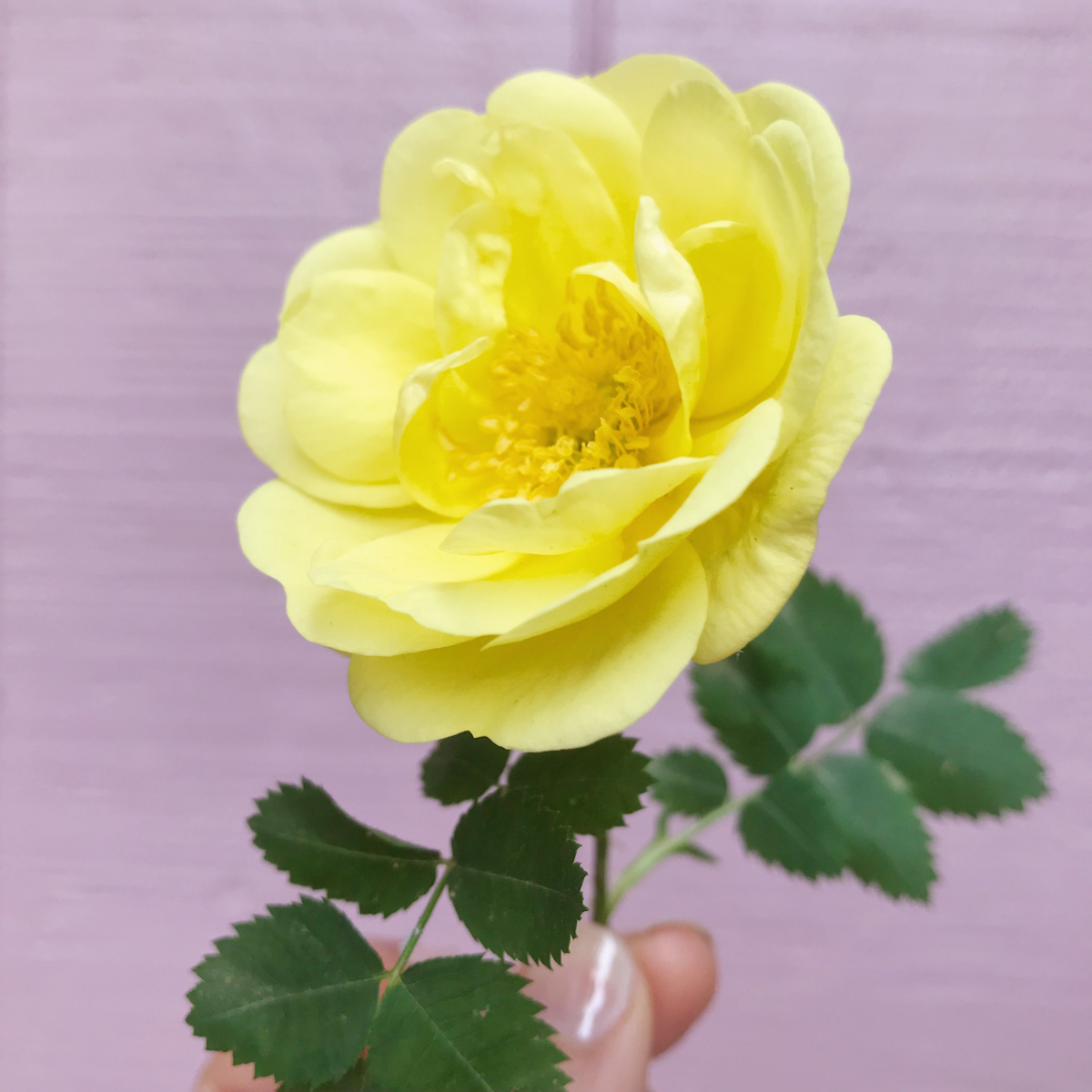
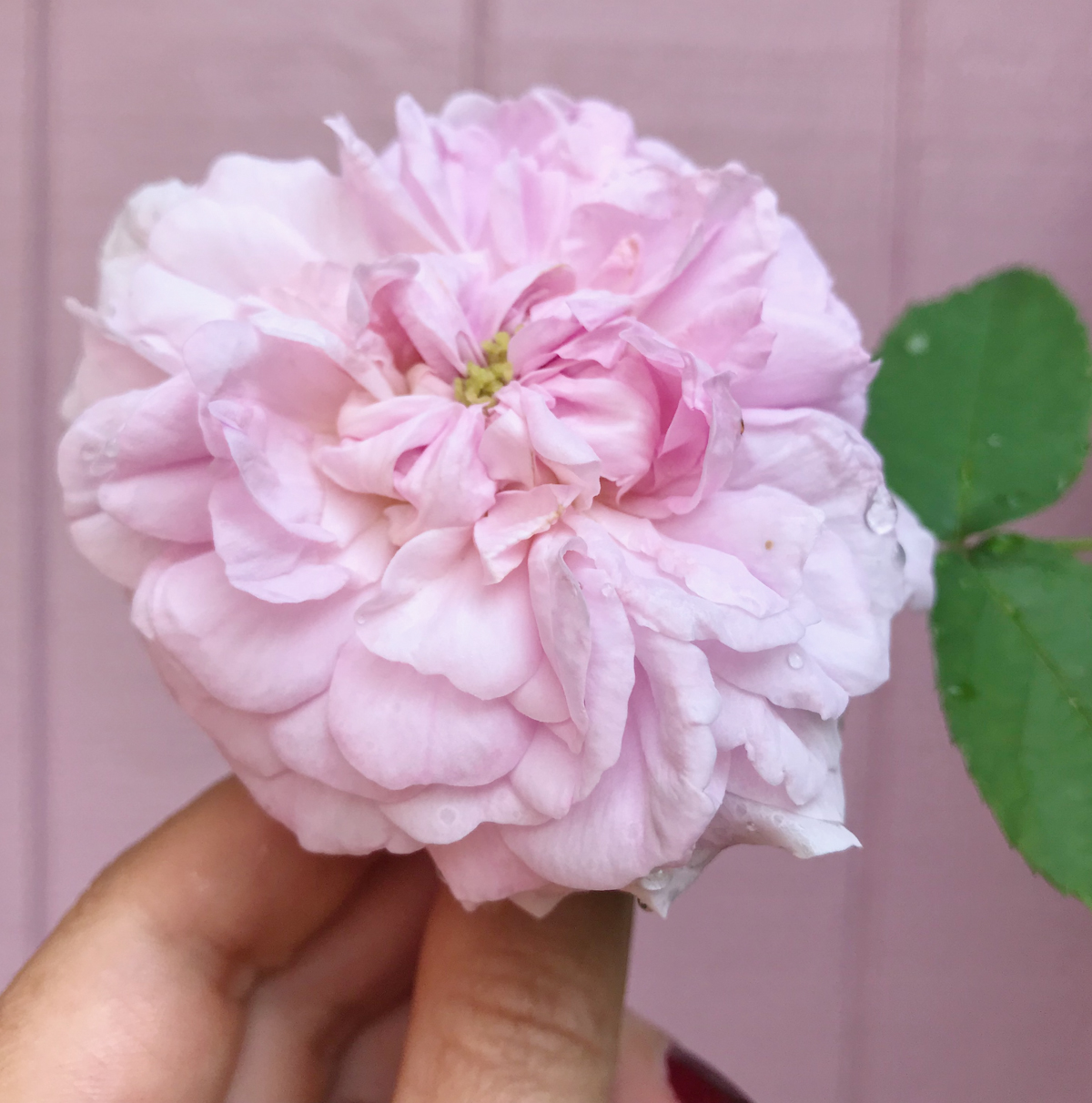


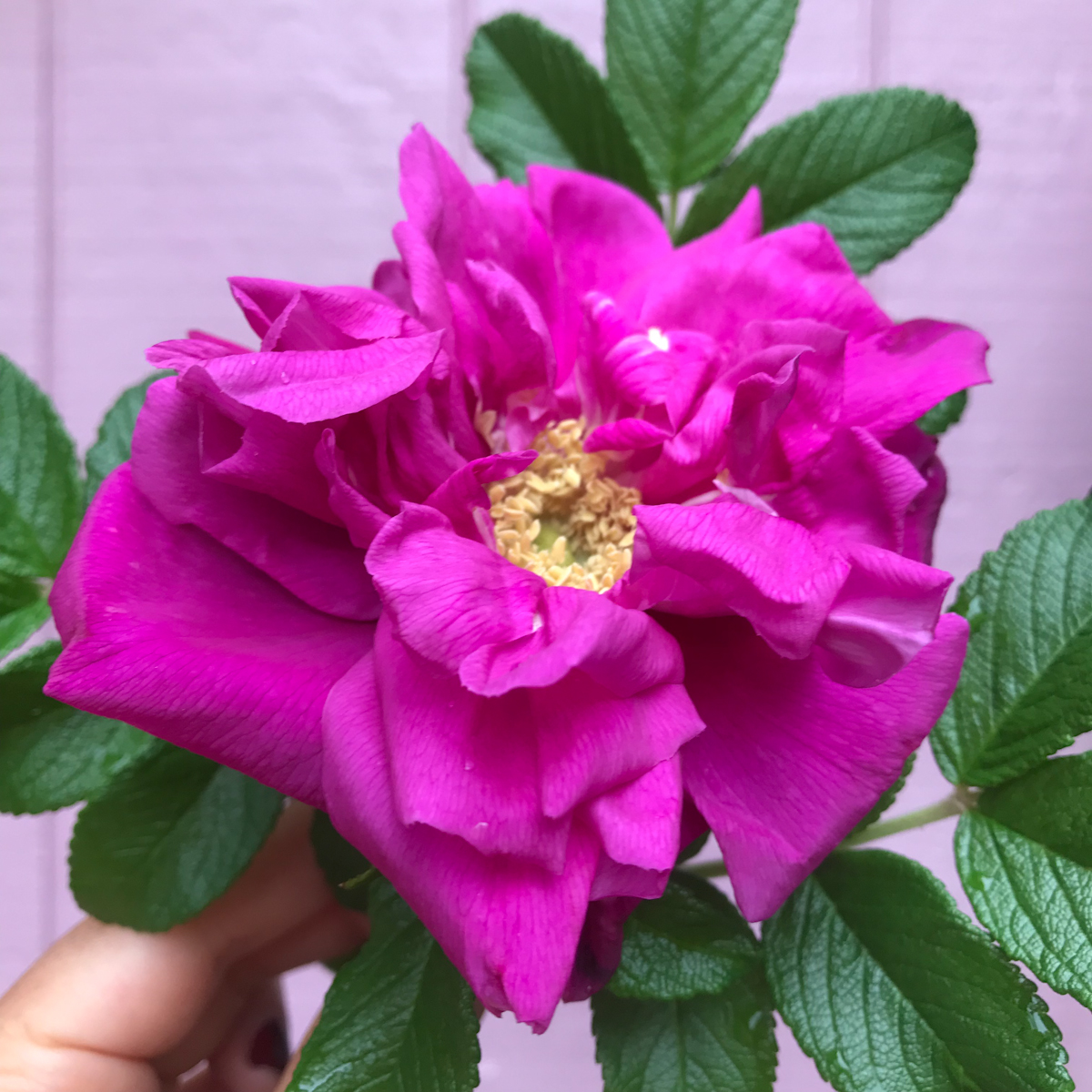

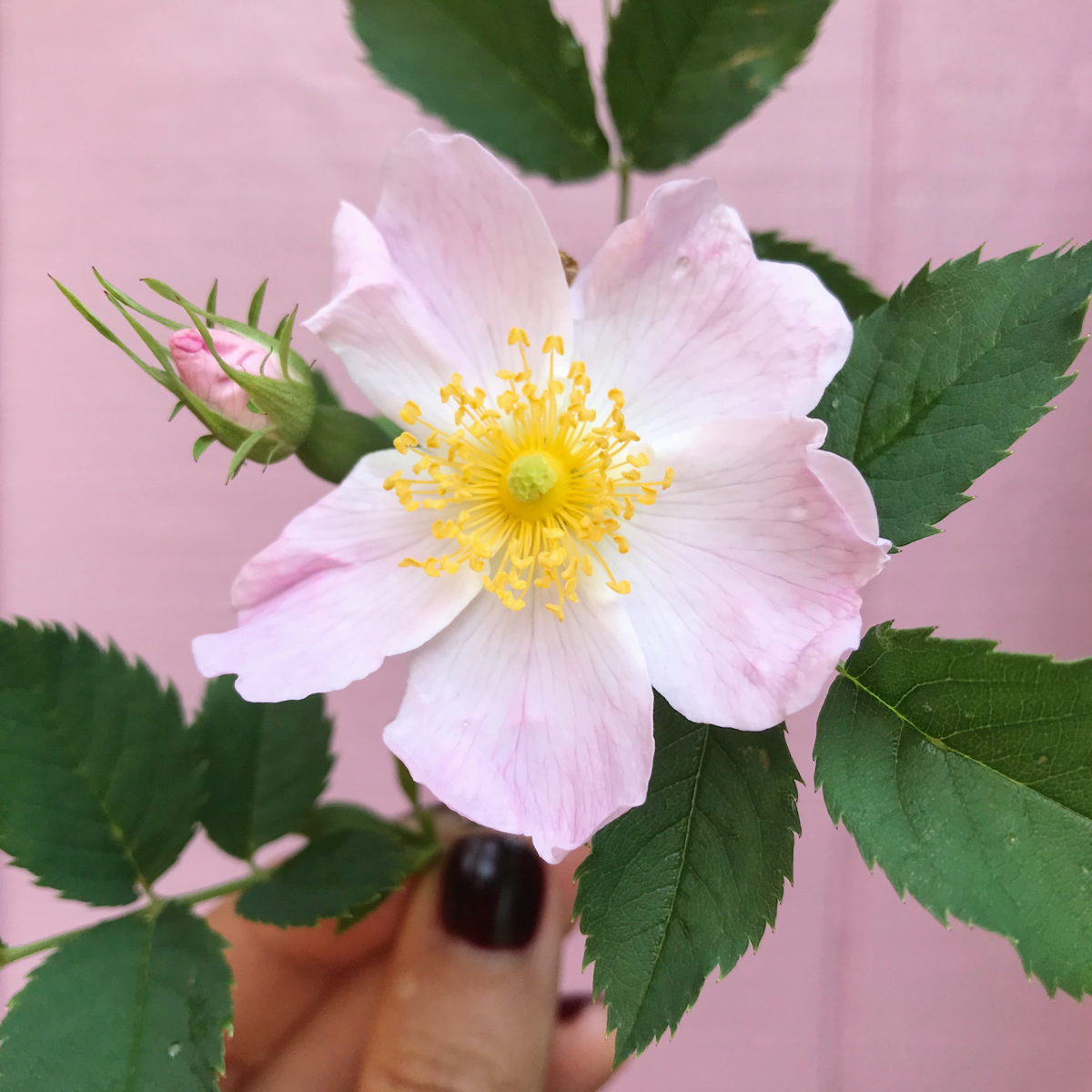
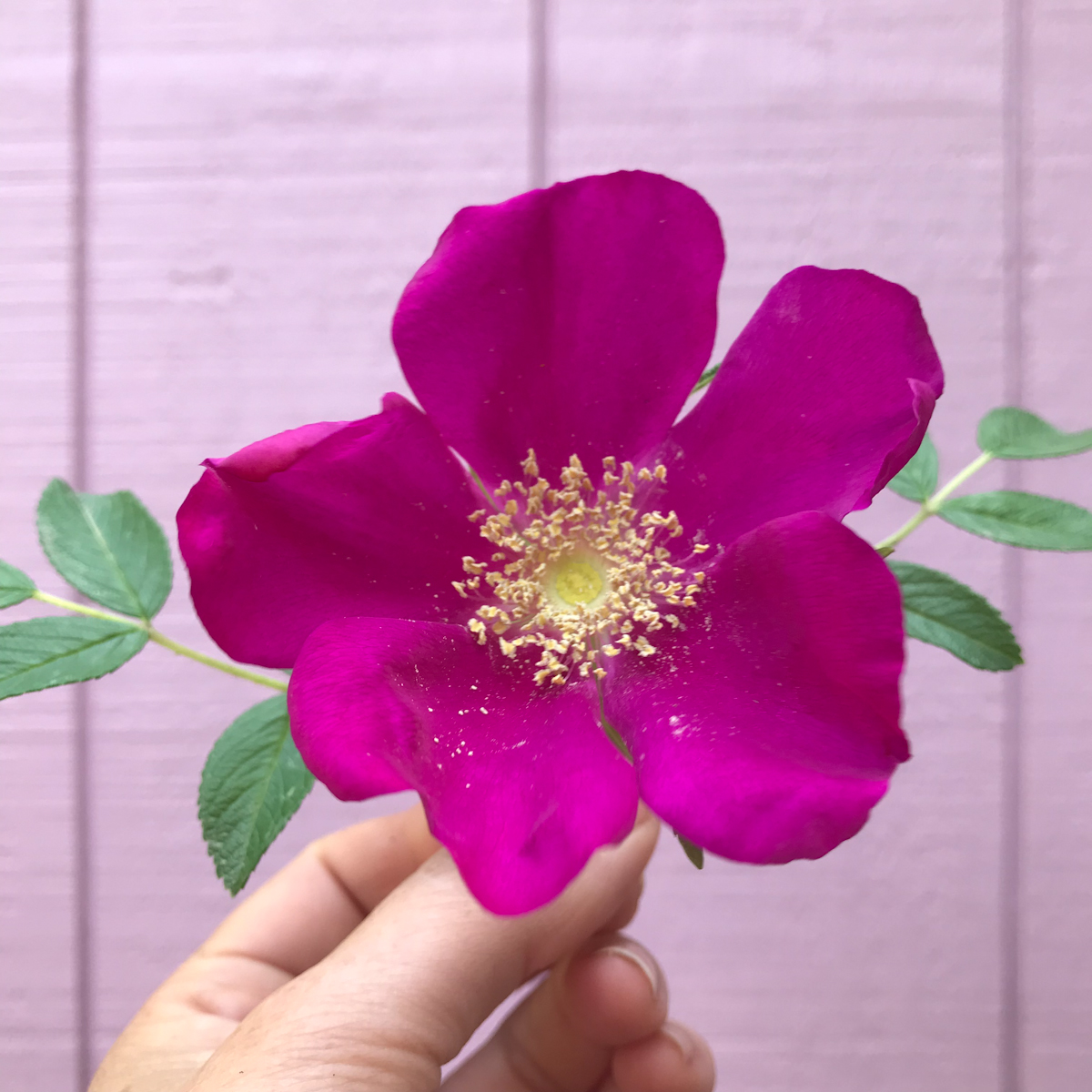
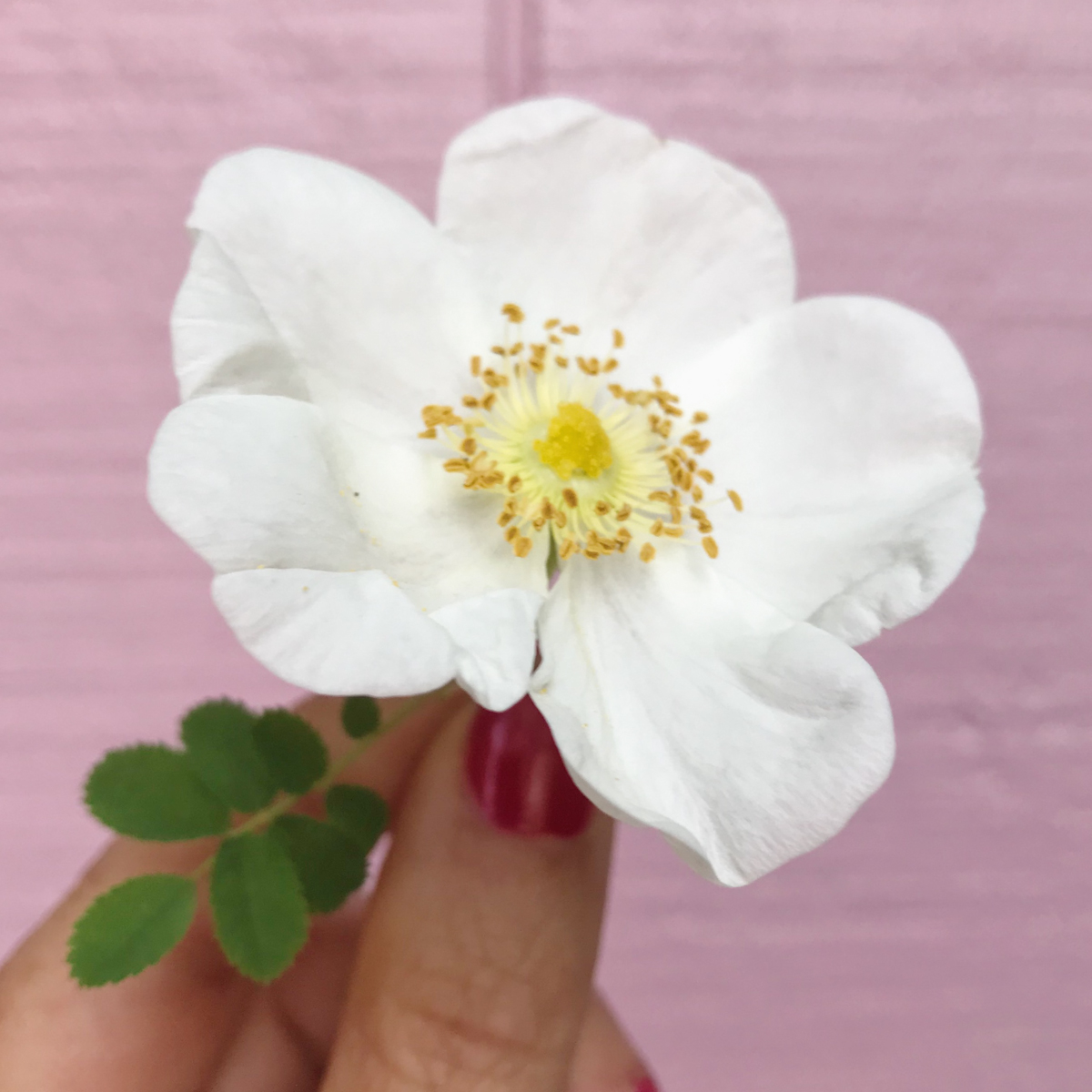
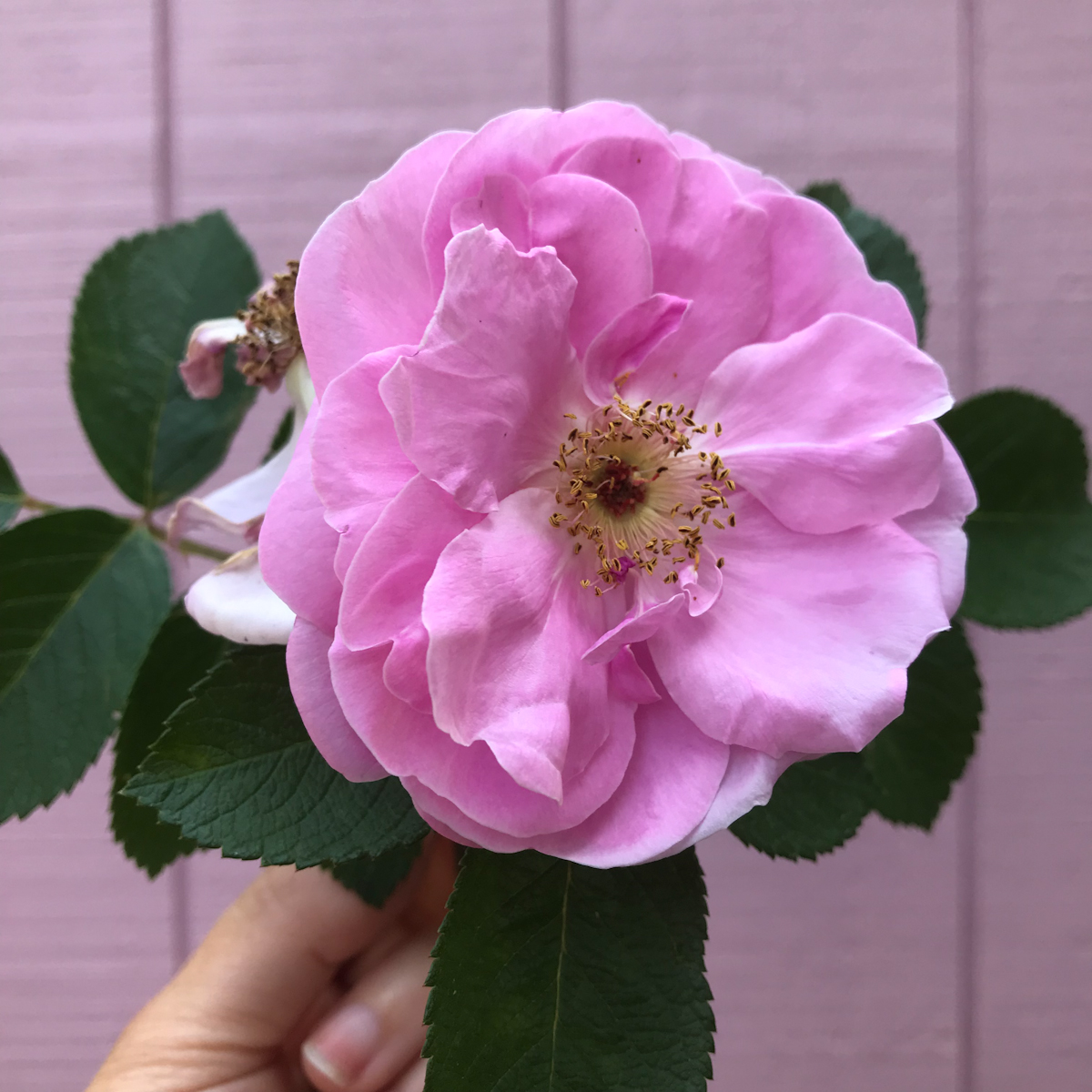

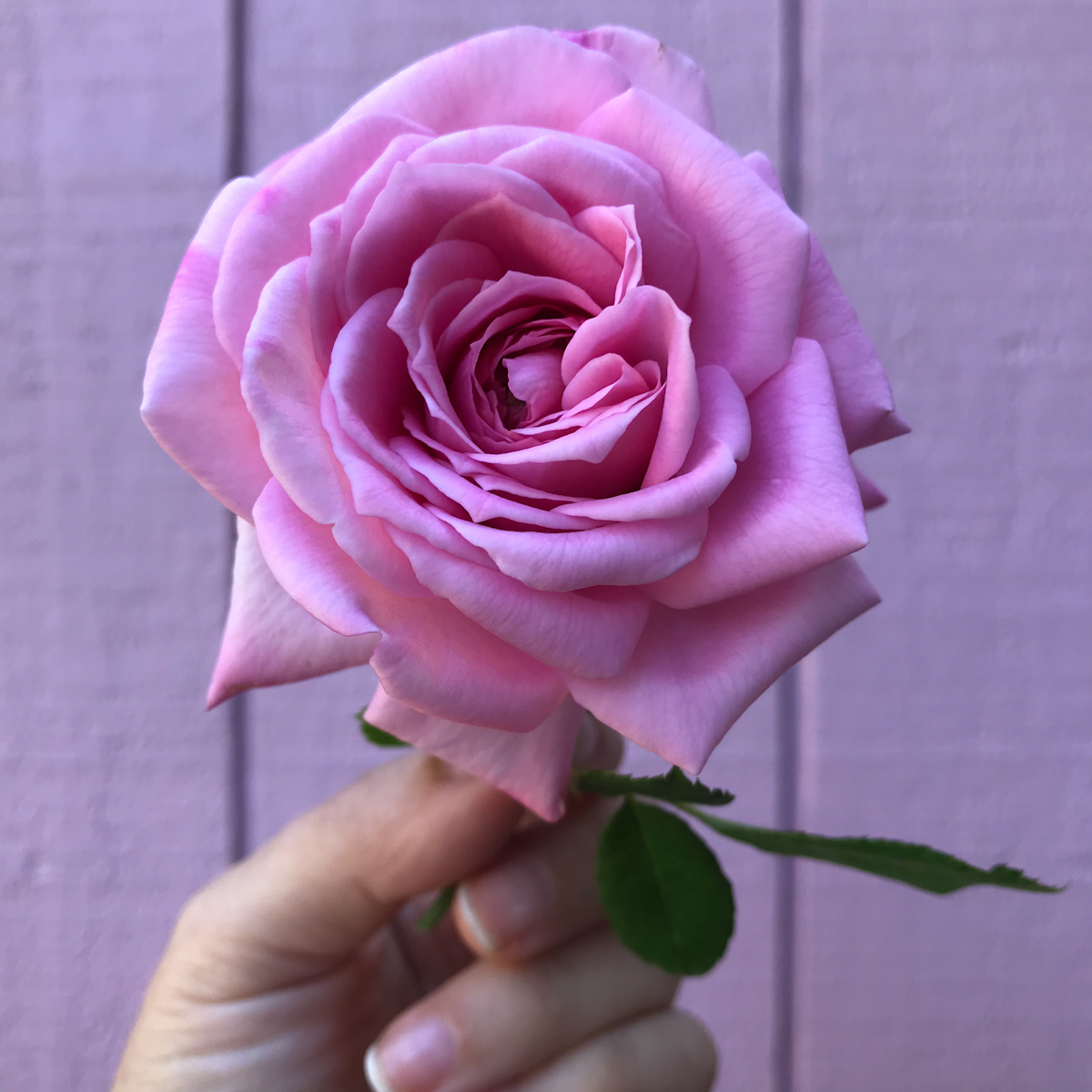

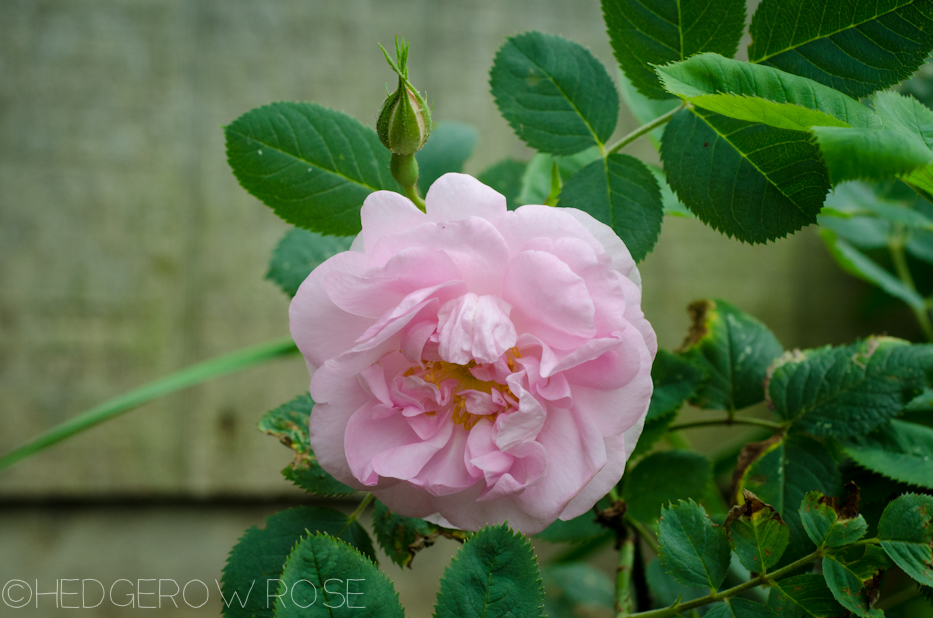
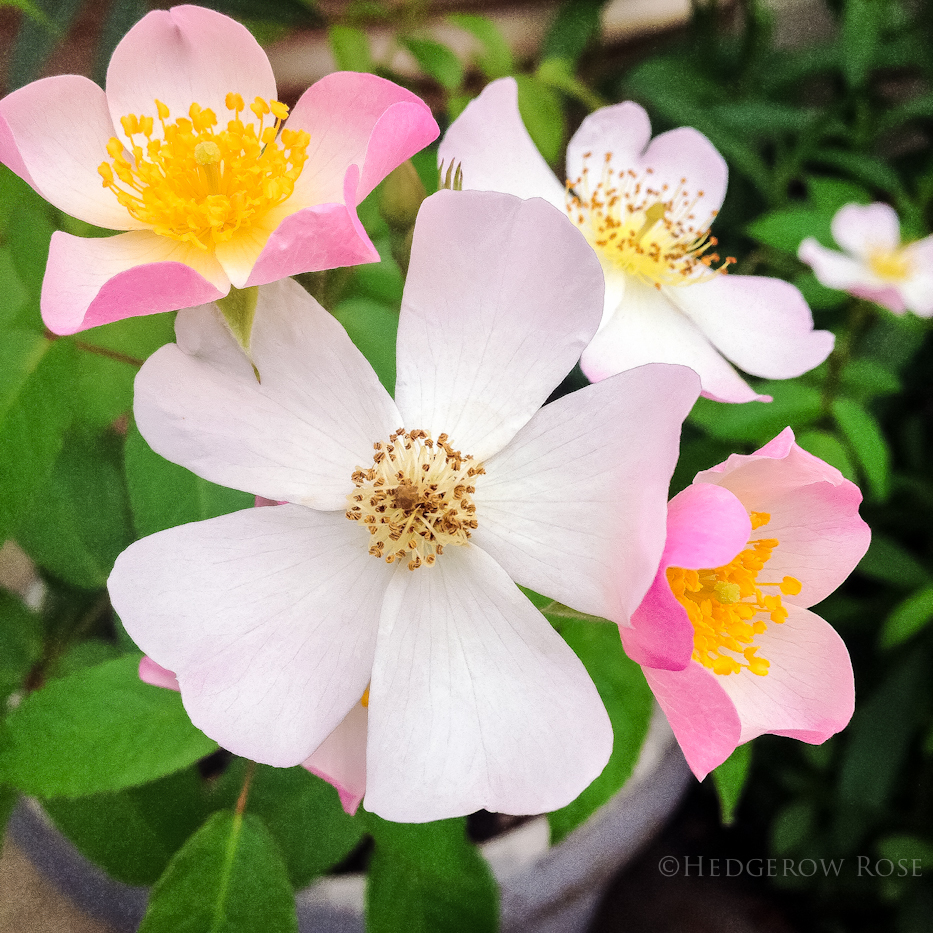
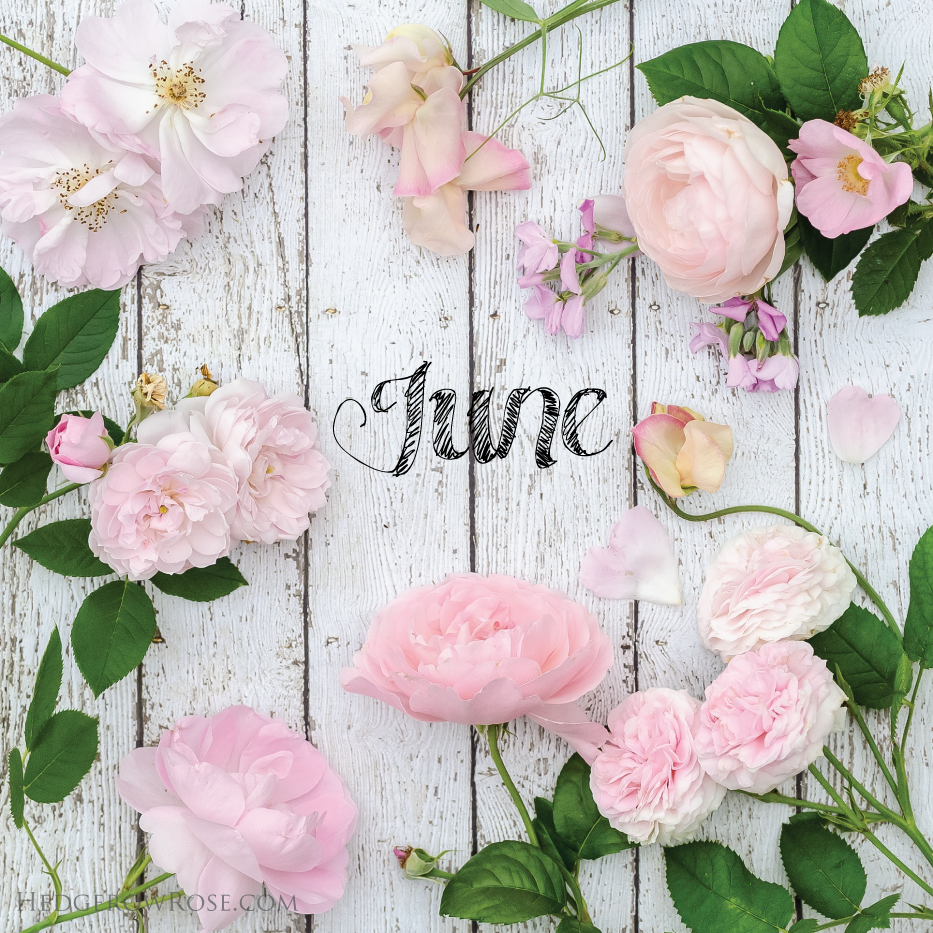
Really nice to see a new post! Some beautiful varieties that I will need to look for. I have ispahan coming this spring along with several other OGR. Hoping ispahan lives up to the hype.
Hi Josh! So sorry for the late reply…. I think you’re going to really love Ispahan. There is one growing at the Penn State Arboretum and in just a handful of years I’ve watched it get massive so make sure you give yours some room.
Your work is so inspiring, you should public your own rose book, and I will be the first one who purchases it. Keep up your great work.
Gosh that is so kind of you. Something to consider! Thank you!